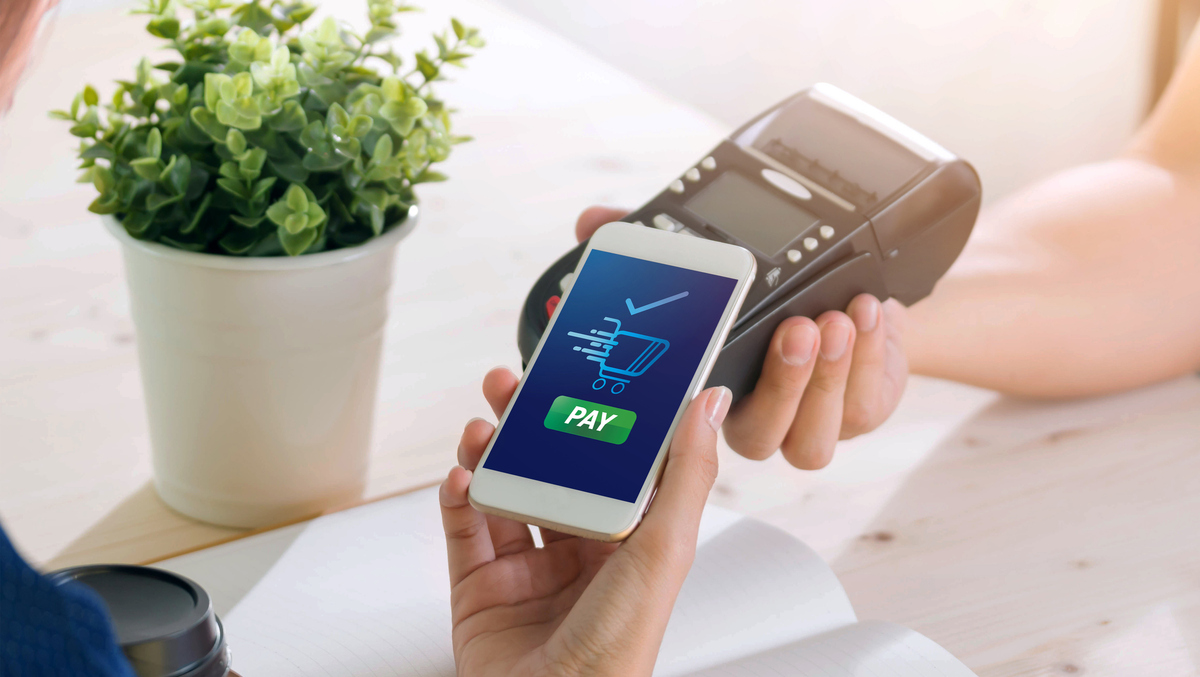According to a new study from Marqeta, Australian consumers are leading the way in mobile wallet use and adopting digital banking tools, giving up cash and physical payment experiences in greater numbers than the US or UK.
Marqeta’s 2022 State of Consumer Money Movement report surveyed 4,076 consumers on three continents, including more than 1,000 in Australia, and examined how consumers in the United States, the United Kingdom, and Australia want to pay, bank, and shop.
It shows that the changes in payment preferences bought about by the pandemic have become second nature to consumers worldwide, with Australian consumers comfortably getting ahead of the curve with new digital payment methods.

As a result of a long-standing shared investment by networks and retailers in contactless payments, 83% of Australians surveyed said they had used a mobile wallet in the past year, well ahead of UK (77%) and US (71%) respondents.
Just over two-thirds (67%) of Australians surveyed said the onset of the pandemic had increased their mobile wallet use, while 95% said their mobile wallet use had remained the same or had declined over the next two years. Increased.
About 69% of Australians surveyed said they felt comfortable using a mobile wallet to leave their physical wallet at home, 23% higher than the number of Americans who said the same. Australians surveyed gave mobile wallets higher marks for convenience than other respondents (90%), and more Australians said they could make mobile payments anywhere they wanted (86%).
Mobile wallet use among those surveyed was now almost twice as common as cash across Australia: 65% of Australians surveyed said they had used a mobile wallet in the past week, while just 34% said they had money had used.
Cash use is declining faster among Australians surveyed: 43% said they used less cash than a year ago (compared to 28% in the US), while 36% of Australians said they used ATMs less than at the same time last year. Australians surveyed twice as many as Americans said they never used cash (31% vs. 15%), and two in three Australian consumers said they could imagine a time when they didn’t use some money.
“Given its size and market, Australia has always been a great place to launch new technology, and major banks in Australia invested in the technology for secure contactless payments long before mobile wallets began to become popular,” said Duncan Currie, country manager for Australia and New Zealand, Marqeta.
“It has put Australia at the forefront of change worldwide, accelerating dramatically after the pandemic. Our research showing that two-thirds of Australians are using their mobile wallets more after COVit shows how ubiquitous they are becoming and the pressure on businesses to build digital and mobile-first payment experiences that match how consumers want to interact with them h today. The economy,” he says.
Not surprisingly, given the high adoption of mobile wallets and the low use of cash, Australian respondents significantly reduced the need for in-person banking experiences. 84% of Australians surveyed said they banked with a major financial institution with a physical branch network but were six times more likely to say they regularly used their banking app (70%) than visit their bank branch (12 %) periodically%). In comparison, 43% of Australians surveyed said that if all brick-and-mortar banks closed tomorrow, it would have little impact on them. Australians showed high customer satisfaction with their bank and were 56% more likely than respondents in the UK or the US to say they had never changed their primary banking provider.
Other notable findings from the Marqeta survey included:
93% of Australians surveyed said they had returned to shopping in person, but 58% said the COVID-19 pandemic had changed their shopping behavior forever. 30% of Australians surveyed said they owned cryptocurrency, while more than 93% said they had it as an asset. Australians investigated had consistently lower usage rates for on-demand delivery: 29% said they regularly eat or have meals delivered to their home, 22% groceries, 12% alcohol, 12% convenience store items, and 7% prescriptions. These frequencies were lower on all counts than the US or UK respondents.
“The pandemic meant that the future of banking and payments moved up a little faster than some thought, with an increasing number of cardholders from Marqeta customers even opting entirely for digital cards and forgoing plastic altogether,” Currie says.
“With a low unbanked population and a good infrastructure to support contactless payments, the foundation is there in Australia to support advanced payment solutions,” he says.
“But companies will still need to build on agile and modern technology to respond to this rising demand quickly.”
